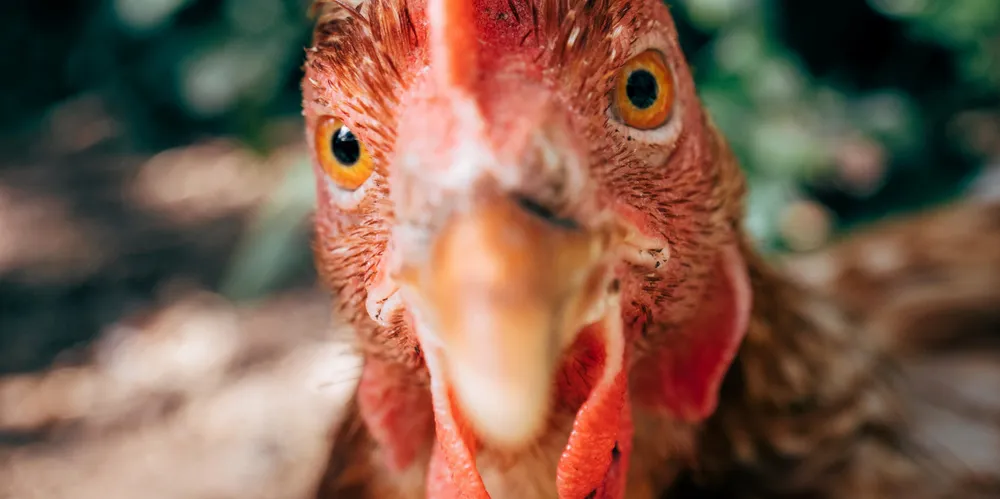Chicken feathers can help generate clean energy, say researchers
Researchers use membrane made out of protein from chicken feathers in fuel cell powering lamp, toy car or spinning fan

Researchers use membrane made out of protein from chicken feathers in fuel cell powering lamp, toy car or spinning fan
